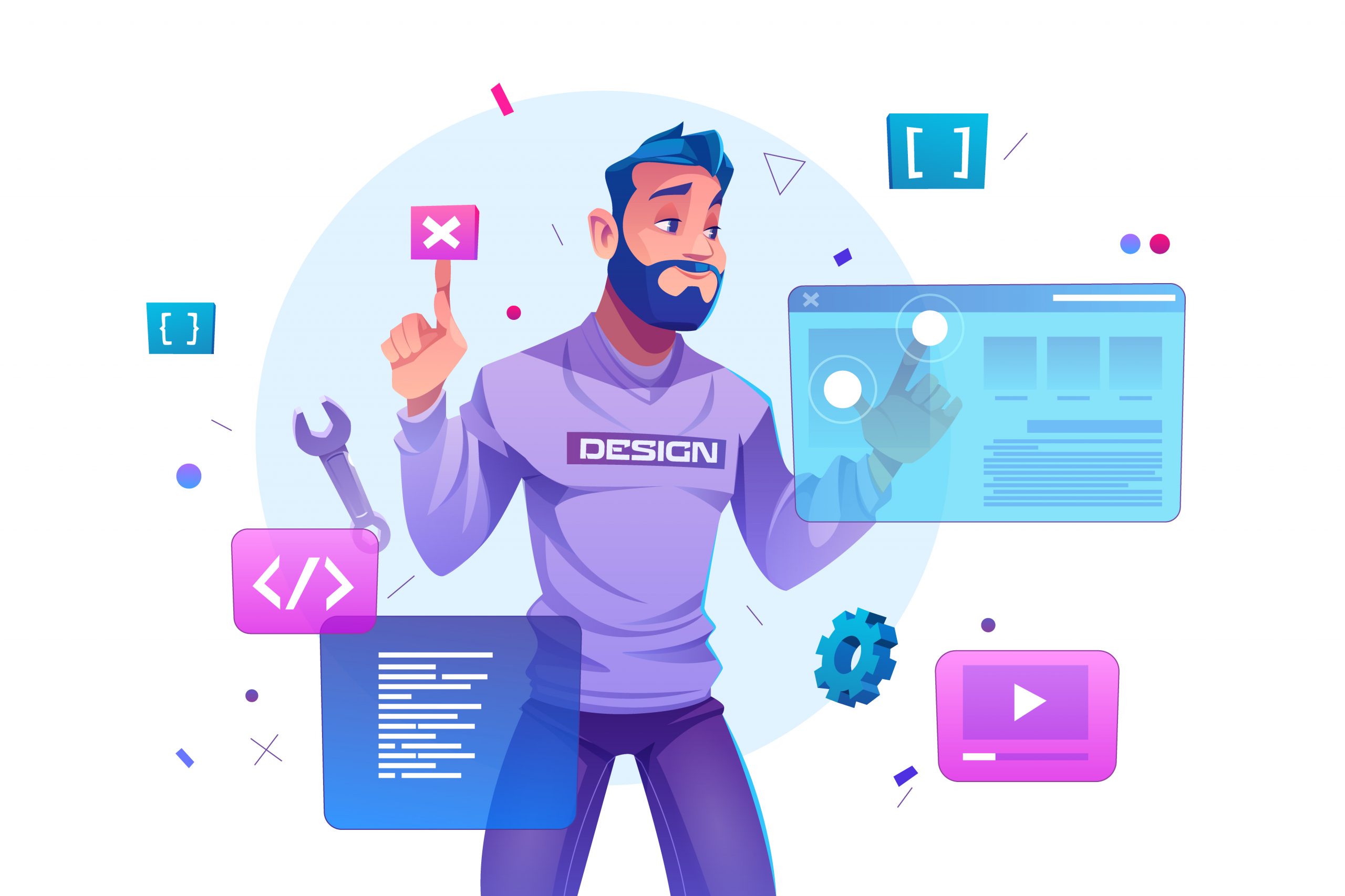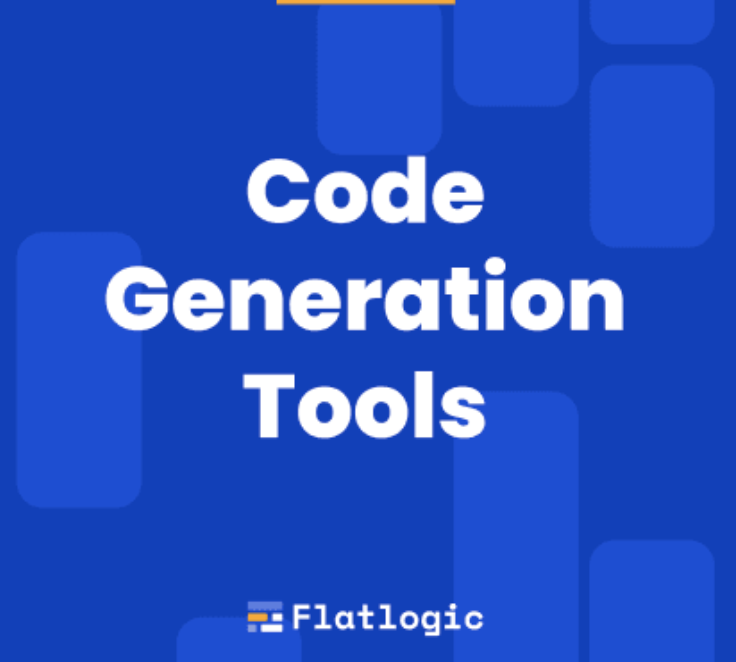
What is Bubble?
There are always a string of questions running in the minds of app developers on what exactly Bubble is. You don’t need to write any code to design, create, host, and scale applications using Bubble.io. With millions of users across a wide range of businesses and educational institutions, Bubble now houses hundreds of thousands of web applications. Programming abilities are not required for any type of application – whether for personal use or to manage an entire large-scale corporation.

Bubble is simply an empowering tool. IT professionals can use it to create their own apps and software without needing to be experts in the field without having to rely on a developer or agency for life. It makes it easier for folks who know how to code to create their own applications. It allows ordinary individuals like you and me to start and run entire businesses if we so desire. With a wide range of tools and third-party resources, Bubble may be utilized on both the front- and back-ends. As the foundation of your program, extra tools can be added to make it more dynamic and powerful. There is a lot of “visual programming” information if you search for “Bubble.is” or “Bubble.io” on the internet.
The technical definition of Bubble is a “drag and drop” visual programming platform for creating apps.
Visual development platform Bubble is used to create websites and online applications with more complex functionality than is feasible with template-based website builders like Wix and Squarespace. Non-technical startup entrepreneurs, educational institutions, and commercial enterprises all use it.
Web apps such as Twitter and Airbnb markets like Uber can be built with the help of instructions provided by a service called Bubble. Plugins, templates, and API integrations are all available through Bubble. Additionally, third-party templates, plugins, and services have also been developed by users of the Bubble platform.
What can I build with Bubble?
Many people are always curious to understand the capabilities of Bubble platform. Below is an honest list of the things that you can build using Bubble, that will guide you to understand if it is the best platform for various projects.
- (a) You can use Bubble to build responsive web applications
In terms of web app development, Bubble is one of the most powerful visual coding environments. Whether you want to build a desktop program or a web app that can be adapted to any screen size, Bubble can definitely help.
Bubble is a wonderful platform for building social networks, SaaS products, and markets, among other things.
Bubble editor has a vast range of options that allow skilled developers to create pixel-perfect products with complicated designs and responsive requirements.
- (b) Building hybrid mobile applications
For native applications, Bubble does not yet provide an out-of-the-box solution. It is feasible to construct hybrid mobile apps using Bubble editor by wrapping web applications and submitting them to the stores, despite the fact that this project appears to be on their long-term plans.
If you want to keep your app up to date frequently, hybrid apps are an excellent option because you don’t have to resubmit the new version. It is also easier to launch hybrid mobile apps across both Android and Apple shops because they are powered by web technologies. BDK Native by Gaurav Jain is an outstanding plugin for transforming optimized web apps into native apps.
- (c) Bubble can be utilized in building and running custom codes
The Bubble platform’s no-code native features are outstanding. Bubble does, in fact, come equipped with a slew of native tools for creating robust online apps. Although visual language might be helpful in some situations, it is not always the best appropriate method for accomplishing a task. Most no-code technologies do not let you add new functionality by writing lines of traditional code. Developers can run their own code to extend their program when they encounter a limitation using Bubble.
The ability to build and run bespoke, a JavaScript code within apps, is therefore made available to developers via plugins. As a result, it’s unlikely that your projects will ever reach their full potential. A low-code platform is one that allows you to add code to enhance your program, which is why we use the term “Bubble.”
How do I create a Bubble.io template?
Selling templates on the Bubble marketplace is an art that people are still exploring. There are many different categories of Bubble templates, ranging from clone of various sites like Tinder. Creating Bubble templates can be done in a number of steps as shown below;
- (a) Defining your seller identity on the Bubble marketplace
You may customize the information that appears on your contributor profile in the “Seller Profile” section of your account page under “Marketplace.” Included are your company’s name, logo, website, address, contact information, and email address for customer service. If you’d prefer not to receive email notifications when one of your templates is purchased, you can also define your preferences for when the money from such purchases is paid to you.
- (b) The next step is creating a new template
Begin by selecting “New template” at bubble.io/my templates to begin. Give your template a name and choose whether or not you want to create a new app or use an existing one as a template for your new app. Your app should be on the Hobby plan if you use an existing one.
Ensure that you have full control over all intellectual property: The owner of a template retains ownership of the template’s intellectual property. In order to add a template to the library, you must adhere to the Acceptable User Policy that you agreed to when signing up with Bubble. In particular, you should own the rights to the design, logo, and images you use in your template.
Create a template by clicking “Create.” In the “My templates” section, your template will now appear as a thumbnail, just like the bubble.io/home page does for your applications.
- (c) The next step involves submitting the Bubble template to the marketplace for review.
- (d) Setting the prices of your template is another step.
- (e) The last step is supporting users who use the Bubble template you created.
How do I use a Bubble template?
Instead of a theme, a Bubble template provides a pre-made set of elements and workflows for your project. The template can be customized in the same way you would customize another app.
On the Templates tab, you may choose from a variety of pre-made layouts that you can customize to suit your needs. Using a Template causes the Templates tab to appear. Please be aware that once an app has been developed, you cannot add a template to it.
In the New Application window, you will see a drop down menu from which you may select a template to use as the basis for your new application. The only way to do this is if you’re creating a new app.
Which is better Flatlogic or Bubble?
There are many conflicting opinions on whether to utilize Flatlogic or Bubble when building applications. A comparison between Flatlogic and Bubble tools gives us a basis for making decisions on which platform to use when handling various coding projects.
Flatlogic.com is used by professional web developers as a Web Generator, whereas Bubble is a nocode development tool that is available for everyone. Flatlogic is majorly used by businesses that are looking for solutions for building and designing dashboards and web applications for the purpose of tracking, analyzing and visualizing their data. Bubble is available for all types of audiences. Bubble is the leading platform for all application development projects that does not require coding. It is also good to note that you must posses either basic or advanced programming skills to be able to use the Flatlogic platform. Bubble platform, on the other hand, does not require any mastery or possession of basic programming skills.
Flatlogic is mainly used in creating complex applications compared to Bubble which can create basic applications. With Flatlogic, you are sure of a high level of customization, unlike Bubble which offers basic levels of customization when working on projects.
The Flatlogic Web Generator is a suitable tool for developers and software development companies. Although Flatlogic has high integrations level, it is important to note that it requires one to manually set it up. Bubble is ideal for both small and medium use for people without the basic programming knowledge. In terms of the integrations level, Bubble has multiple plugins.
Conclusion
Bubble is available to everyone. Bubble is a quick solution to new and growing businesses when they are need of creating quick applications. Flatlogic requires a skilled developer to customize and code making it not favorable when it comes to creating applications.
